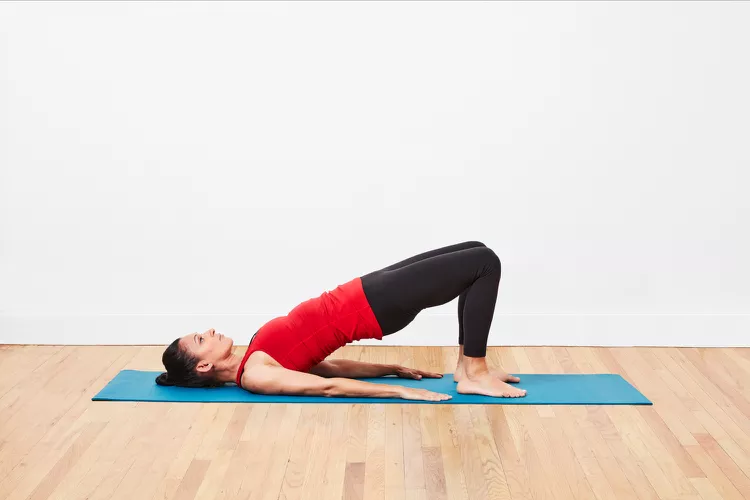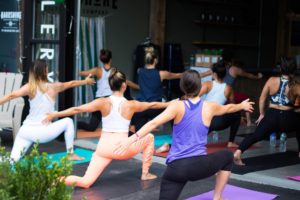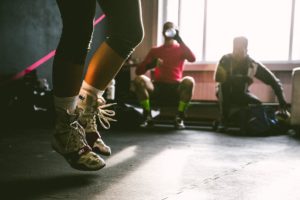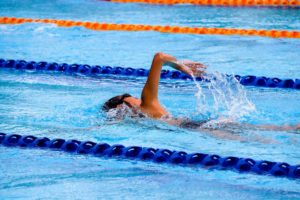Running is a popular activity that not only boosts your mood but also gives you a complete workout. Cross-training can help you improve your running and prevent certain injuries.
In 2018, a review of research showed that both long-distance and middle distance runners can benefit from two to three strength training sessions per week. This could include isometric, compound, or explosive exercises. When running is combined with other training methods, runners experience improved speed, agility, and flexibility.
Running should pay attention to your gluteus maximus, medius, or gluteus minimus muscles. This group keeps your pelvis stable as you run.
Glute Strength For Runners
Glute muscles help stabilize your hips and pelvis while running, which can improve your running speed, stride, power, and gait.2
Gluteus maximus, the largest of the three gluteal muscle groups, is the most powerful and important. It is therefore essential to your ability to move and perform at an athletic level. Weakness in this area can lead to injury or pain, which can impact your running performance.
Gluteus maximus dysfunction, particularly for people with chronic problems, can increase the chance of injury. This is why it’s important to strengthen your glutes in order to improve your running.
Common examples include knee pain while running or spinal misalignment due to a forward-tilted spine.
Study of gluteus weakness after knee surgery revealed that patients with weak muscles in this region had increased activity and shortened certain muscles. This was compensated for by those who were on a gluteus medius strength program. They found that their recovery and pain levels improved.
Glute Exercises You Should Try
These bodyweight exercises can be used to increase your glute strength. They don’t require any equipment other than a towel or yoga mat.
This sequence can be done together. Allow for a few minutes of rest between rounds. You should aim for three rounds, and increase the number to five over time. You can add light dumbbells to your workout to increase muscle strength and challenge your glutes.
Forward to Reverse Lunge
For your glutes and quads, lunges are an excellent exercise. You can make your exercise more dynamic by switching between forward and reverse lunges.
- Standing tall, with your feet at your hips, your shoulders back and your core braced, keep your spine straight.
- To bring your legs forward, take a large step with your right foot. Place it in front of your left foot. To help balance, you can place your hands on your hips and clasp them together in front.
- Lower your back knee and bend both knees. Once it is just above the ground, lower your knees. Make sure your right knee aligns with your toes.
- Take a deep inhale and push the right heel through your left foot. Then, exhale and lift the leg back to where it was.
- You can now move into a reverse lunge by stepping your right foot back, lowering your body toward the floor and making sure that the left knee tracks with the left toes.
You can do 16 repetitions on one side (forward and back lunge count as two reps) before switching sides.
Wall Sits
This isometric exercise will burn calories for your glutes, quads, and hamstrings.
- Standing tall against a wall, with your feet shoulder width apart and about two feet from it, is a good idea.
- As you slide along the wall, engage your core and keep your toes aligned.
- Keep your heels pressed against the wall.
- For 30 seconds, hold the position and then slide back to the starting place.
You can rest for 30 seconds, then go back and do it again. You can increase your hold time by adding several seconds to each round.







